When the weather’s much cooler in fall and spring, you can still grow lots of tasty vegetables and even a few edible flowers that don’t mind a slight frost. Let’s check out what shrubs you can plant during these seasons of the year. Pick your family’s favourites and starting planting!
1.- Endive
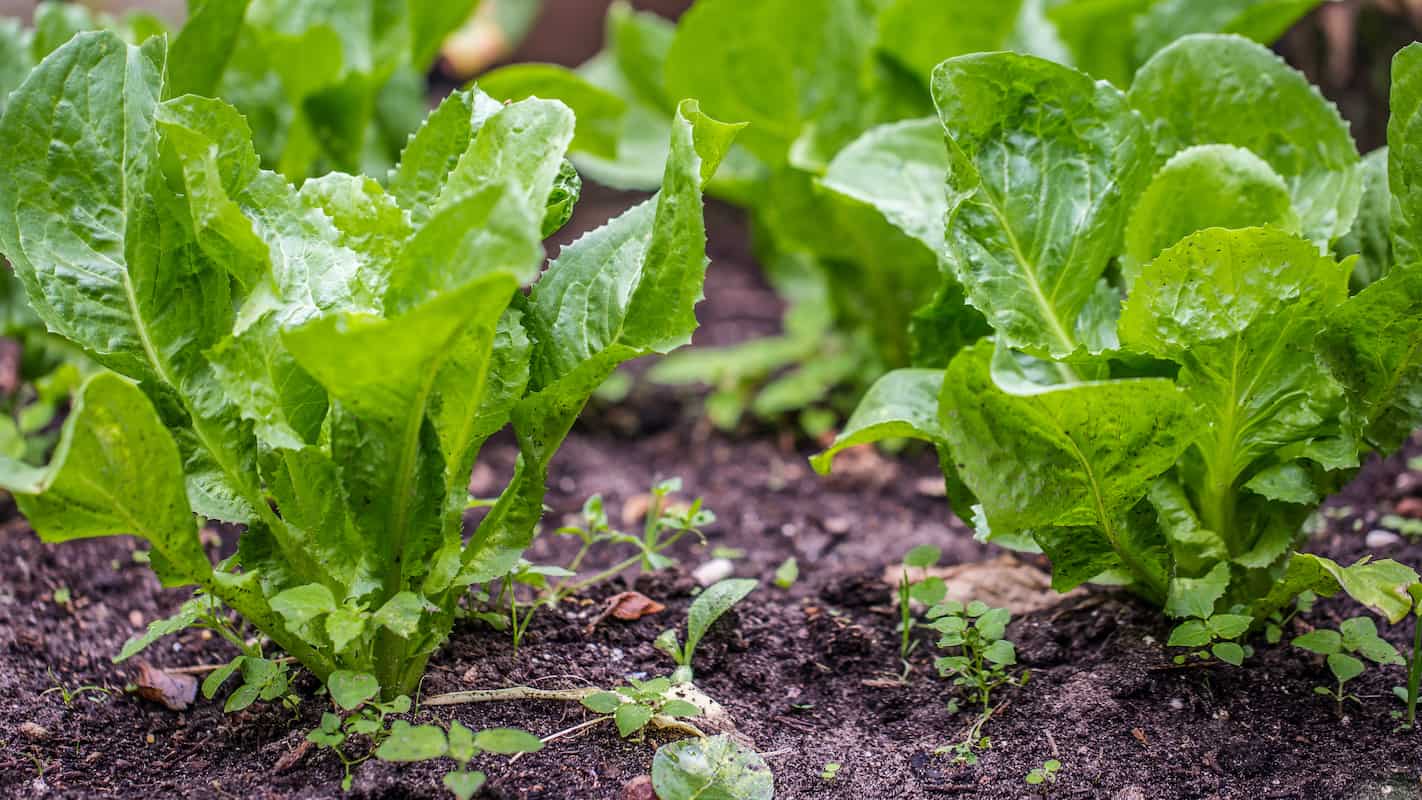
It is a green leafy vegetable that will withstand the low temperatures of autumn quite well. With endive, you can prepare, acquire and transplant seedlings directly. Choose the option that best suits your needs. It can grow well and leave at least a 40 cm x 40 cm planting frame for the endive. This way, you’ll be left with enough space for each endive, and it can better receive sunlight. In about 80 to 90 days, you can already harvest your organic endives.
2.- Spinach
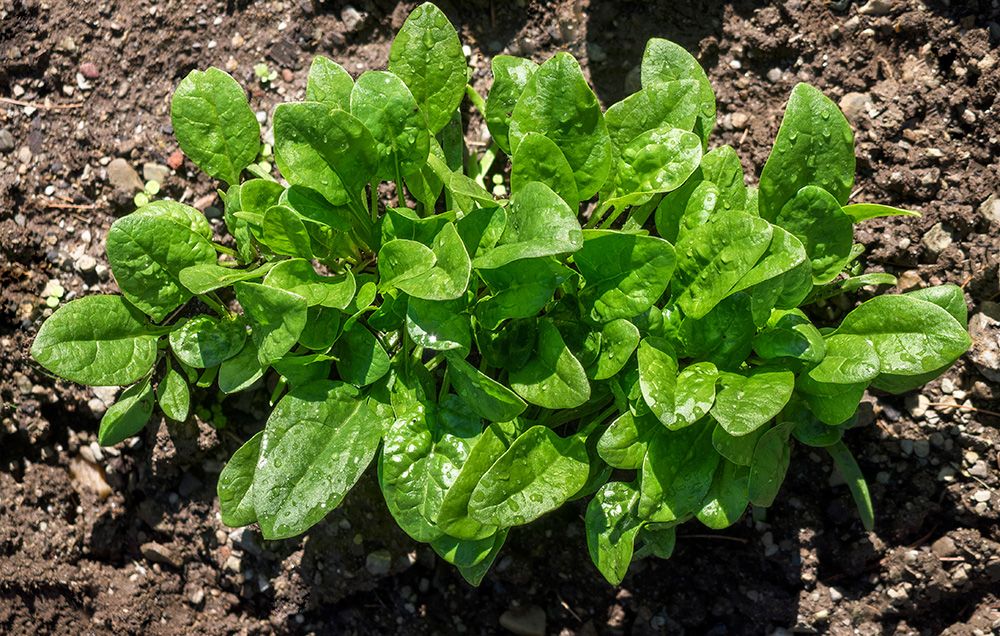
Spinach is another excellent green leafy vegetable to grow at this time of year. Maintain regular watering during spinach cultivation; avoid waterlogging because it is susceptible to excess water. Another factor that influences water stagnation is the drainage capacity of the land. If you have a garden in pots, spinach is excellent to grow in containers and grow tables. Plant the spinach in a bright area, where it receives direct sunlight. In just 45 to 55 days, you can harvest your organic spinach.
3.- Peas

It is unnecessary to prepare seedlings for their final cultivation site. If you have little space for your garden, legumes like peas are great because they are vertical crops that do not take up much space. It is necessary to tutor the plants to grow straight and receive the sun on their entire surface. It can be a plant sensitive to frost, so it will be necessary to protect it if you live in a cold area or postpone its cultivation until the end of winter. Read more about growing peas organically.
4.- Broad Beans
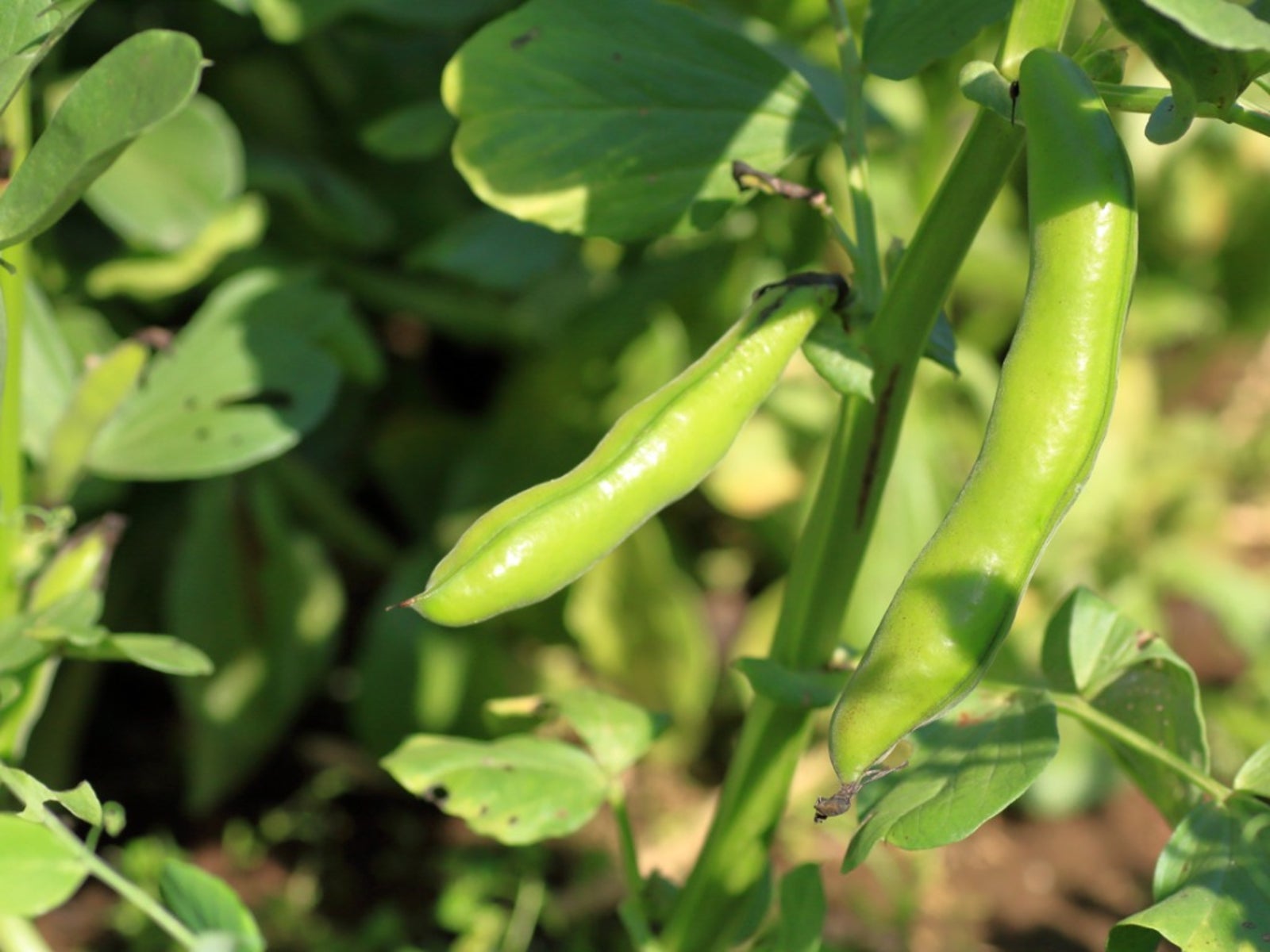
I usually choose to plant lima beans directly at their final growing site instead of preparing seedlings. I leave a space between seed and seed of about 30 cm. If you do not need water enough (but without flooding), you will notice it because the plants give few pods or smaller seeds (beans). Ensure that the farmland is loose, without caking, rich in organic matter and good depth. Like peas, broad beans need tutoring to receive good light during their growth so that the air can flow between the plants. It is interesting to grow legumes in the garden because they help fix nitrogen in the soil and make it more beneficial, among other things, to grow later vegetables that have high nitrogen requirements. In about 120 to 140 days, you can start harvesting your nutritious beans or organic beans and enjoy them in your favourite dishes.
5.- Lettuce
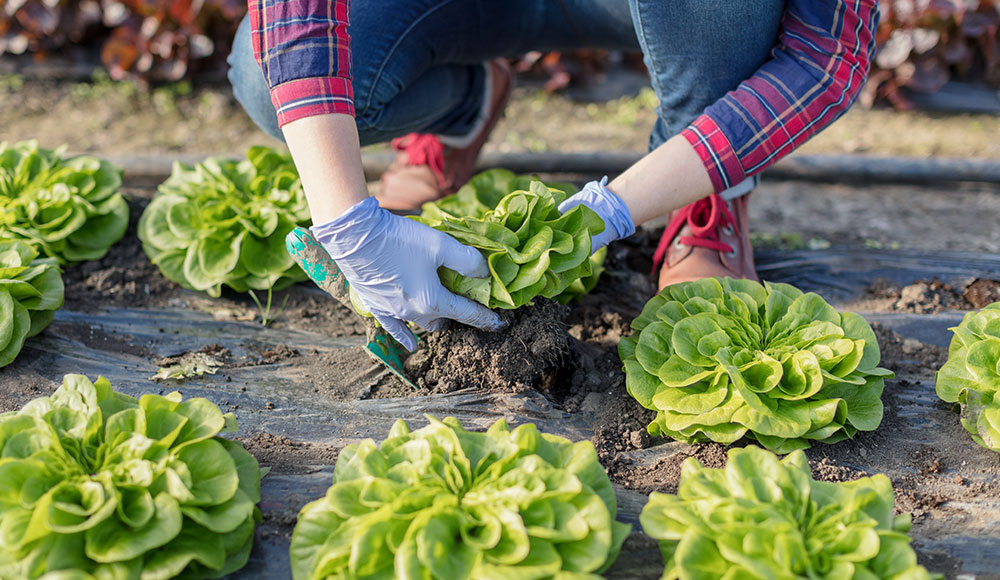
One option to grow lettuce is from seed, and another option is to grow from a seedling. Whether you grow it in the ground directly or in pots or grow tables, leave a minimum planting frame of 8 inches by 8 inches. Keep the waterings regular and the soil permanently with a bit of moisture. Mulch or padding can come in handy. Depending on the variety of lettuce that you sow and the growing conditions, in about 50 to 60 days, you can already be harvesting organic lettuce. Access the lettuce cultivation file.
6.- Turnip
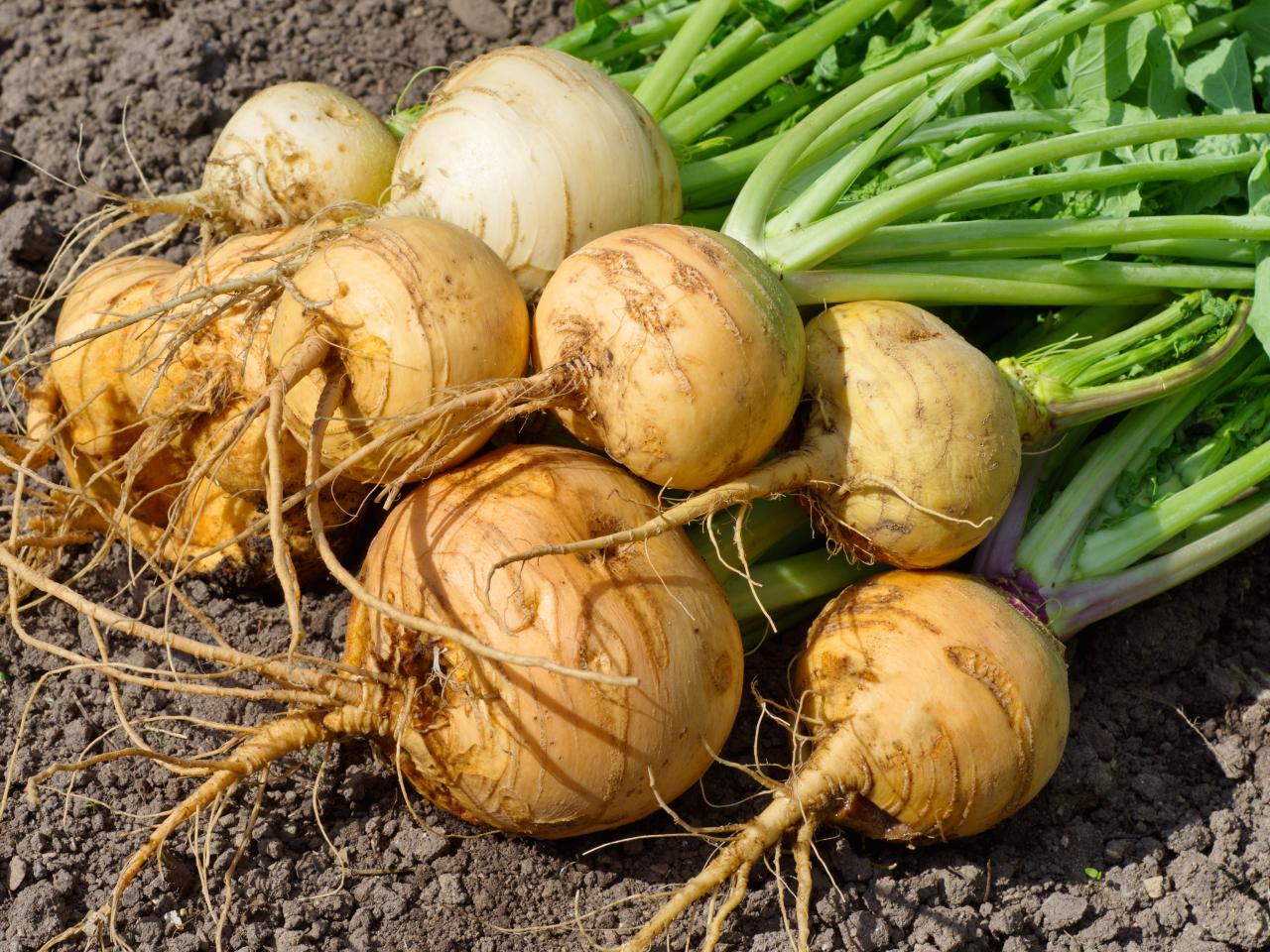
Some varieties resist autumn and winter conditions very well. Start by growing your turnip by direct seeding. Leave a planting frame of about 12 cm. The soil should be loose and free of stones and large pieces of soil to not hinder the growth of the turnip. This crop is demanding in terms of irrigation. Ah! Do not throw away the leaves because they are edible and very nutritious. You can cook them just like spinach, even substitute them for them in cooking recipes.
Want to know what other vegetables you can grow during this season? Check out the first, second, and fourth parts of this article!
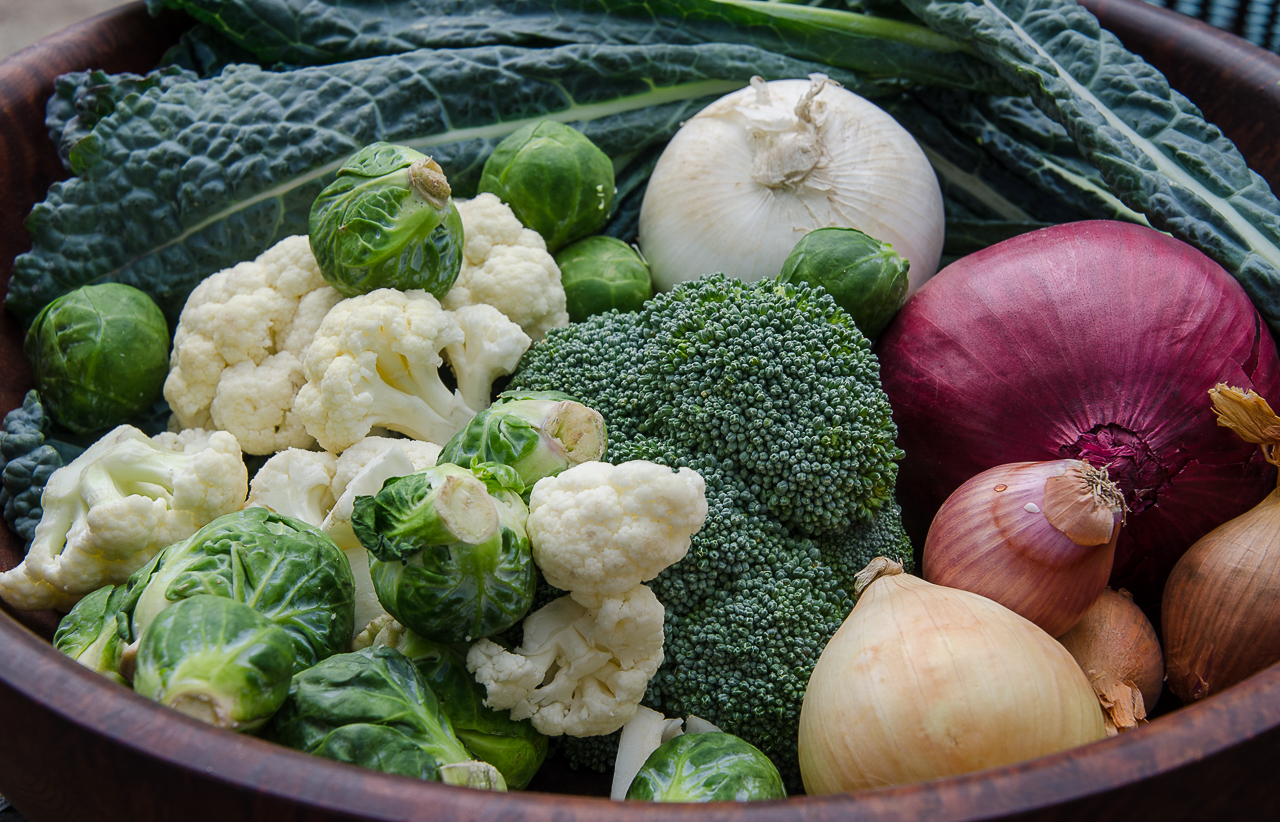

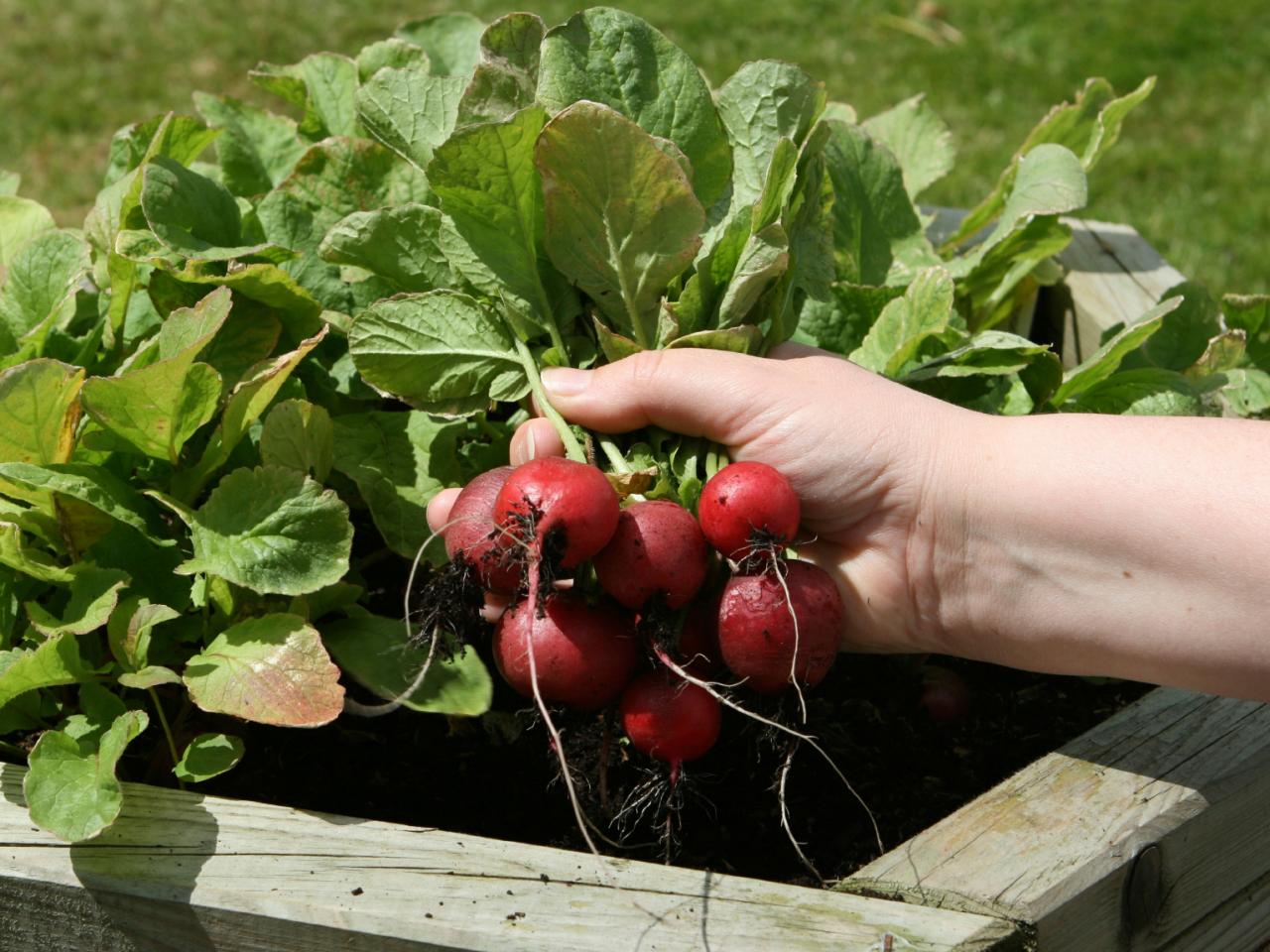
1 thought on “Cool-Season Vegetables to Plant in Fall (Part 3)”